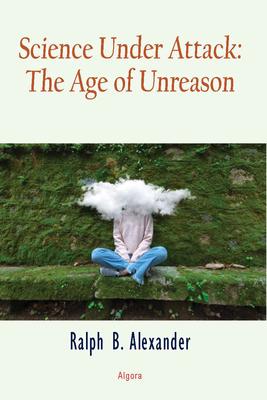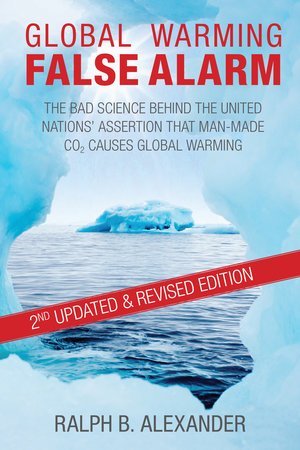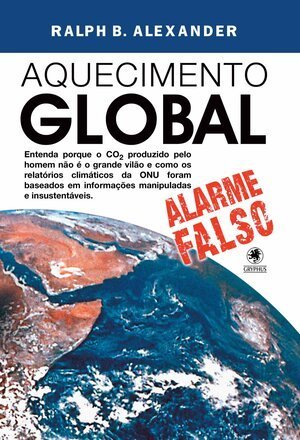UN Species Extinction Report Spouts Unscientific Hype, Dubious Math
/An unprecedented decline in nature’s animal and plant species is supposedly looming, according to a UN body charged with developing a knowledge base for preservation of the planet’s biodiversity. In a dramatic announcement this month, the IPBES (Intergovernmental Science-Policy Platform on Biodiversity and Ecosystem Services) claimed that more species are currently at risk of extinction than at any time in human history and that the extinction rate is accelerating. But these claims are nonsensical hype, based on wildly exaggerated numbers that can’t be corroborated.
Credit: Ben Curtis, Associated Press
The IPBES report summary, which is all that has been released so far, states that “around 1 million of an estimated 8 million animal and plant species (75% of which are insects), are threatened with extinction.” Apart from the as-yet-unpublished report, there’s little indication of the source for these estimates, which are as mystifying as the classic magician’s rabbit produced from an empty hat.
It appears from the report summary that the estimates are derived from a much more reliable set of numbers – the so-called Red List of threatened species, compiled by the IUCN (International Union for Conservation of Nature). The IUCN, not affiliated with the UN, is an international environmental network highly regarded for its assessments of the world’s biodiversity, including evaluation of the extinction risk of thousands of species. The network includes a large number of biologists and conservationists.
Of an estimated 1.7 million species in total, the IUCN’s Red List has currently assessed just 98,512 species, of which it lists 27,159 or approximately 28% as threatened with extinction. The IUCN’s “threatened” description includes the categories “critically endangered,” “endangered” and “vulnerable.”
A close look at the IUCN category definitions reveals that “vulnerable” represents a probability of extinction in the wild of merely “at least 10% within 100 years,” and “endangered” an extinction probability of “at least 20% within a maximum of 100 years.” Both of these categories are hardly a major cause for concern, yet together they embrace 78% of the IUCN’s compilation of threatened species. That leaves just 22% or about 5,900 critically endangered species, whose probability of extinction in the wild is assessed at more than 50% over the next 100 years – high enough for these species to be genuinely at risk of becoming extinct.
But while the IUCN presents these numbers matter-of-factly without fanfare, the much more political IPBES resorts to unashamed hype by extrapolating the statistics beyond the 98,512 species that the IUCN has actually investigated, and by assuming a total number of species far in excess of the IUCN’s estimated 1.7 million. Estimates of just how many species the Earth hosts vary considerably, from the IUCN number of 1.7 million all the way up to 1 trillion. The IPBES number of 8 million species appears to be plucked out of nowhere, as does the 1 million threatened with extinction, despite the IPBES report being the result of a “systematic review” of 15,000 scientific and government sources.
According to IPBES chair Sir Robert Watson, the 1 million number was derived from the 8 million by what appears to be an arbitrary calculation based on the IUCN’s much lower numbers. The IPBES assumes a global total of 5.5 million insects – compared with the IUCN’s Red List estimate of 1.0 million – which, when subtracted from the 8 million grand total, leaves 2.5 million non-insect species. This 2.5 million is then multiplied by the IUCN 28% threatened rate, and the 5.5 million insects multiplied by a mysterious unspecified lower rate, to arrive at the 1 million species in danger. That far excedes the IUCN’s estimate of 27,159.
Not only does the IPBES take unjustified liberties with the IUCN statistics, but its extinction rate projection bears no relationship whatsoever to actual extinction data. A known 680 vertebrate species have been driven to extinction since the 16th century, with 66 known insect extinctions recorded over the same period – or approximately 1.5 extinctions per year on average. The IPBES report summary states that the current rate of global species extinction is tens to hundreds of times higher than this and accelerating, but without explanation except for the known effect of habitat loss on animal species.
Maybe we should give the IPBES the benefit of the doubt and suspend judgment until the full report is made available. But with such a disparity between its estimates and the more sober assessment of the IUCN, it seems that the IPBES numbers are sheer make-believe. One million species on the brink of extinction is nothing but fiction, when the true number could be as low as 5,900.
Next: Are UFO Sightings a Threat to Science?






